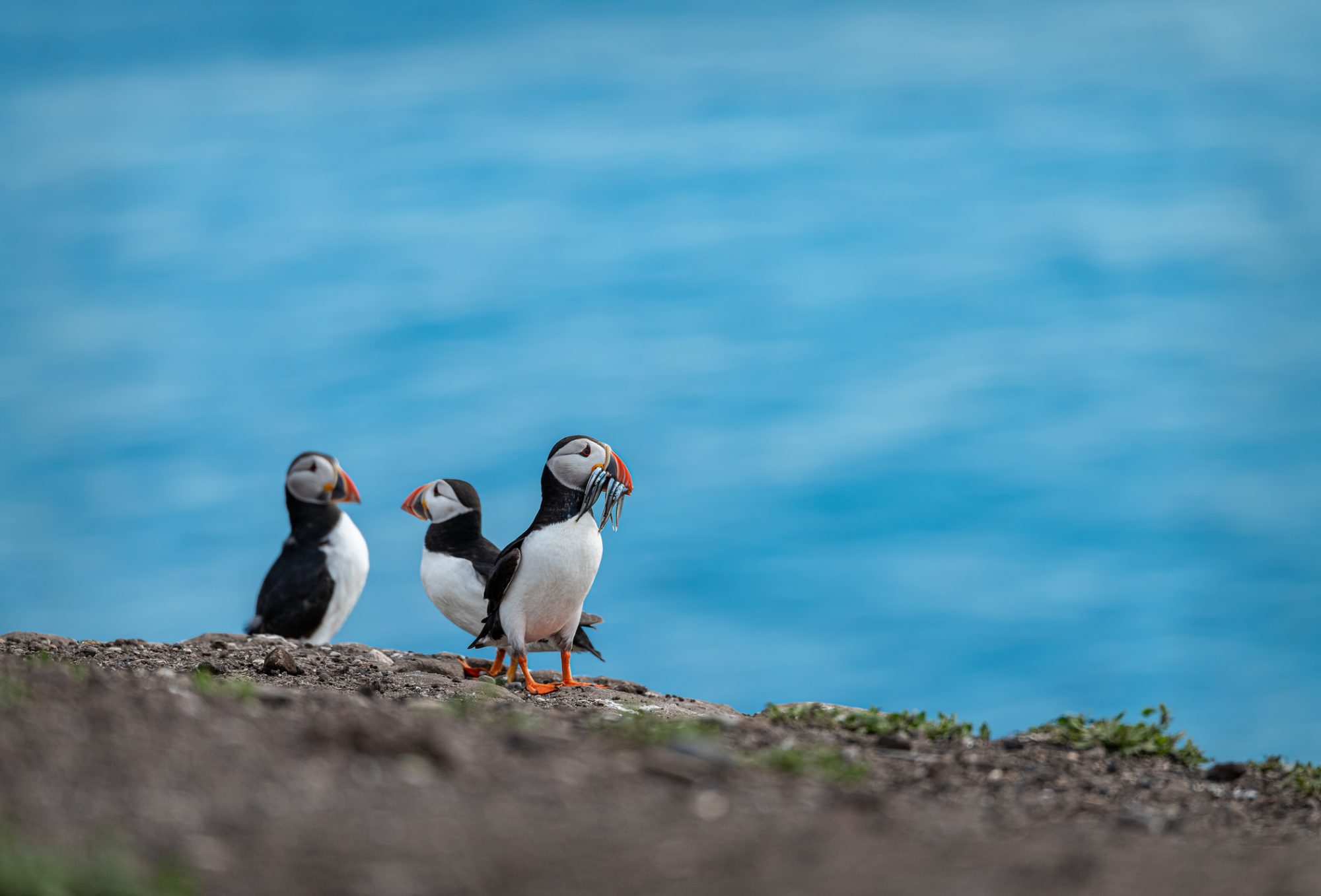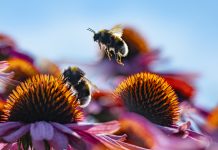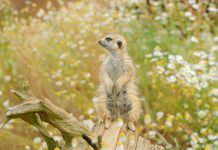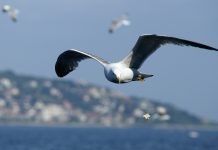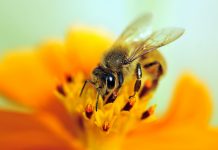Dr David Smith, Director of Ecological Planning & Research (EPR), gets us up to speed with ecology conservation research and what we can do to help our environment thrive
If you or a loved one is ill, one of the first things you might do is take their temperature. One way policymakers, wildlife charities and others check on the health of the environment is to monitor the populations of wild birds. It’s one way of quickly gauging the ‘temperature’ of the environment.
Ecology conservation of birds
Birds are towards the top of the food chain, and consequently, anything affecting lower parts of the food chain, such as our plants and insect populations, will ripple up and impact our wild birds.
Migratory bird populations will not only indicate the health of the environment in one place, but they can be early warning alarms of environmental pressures across their entire migratory flyway: for example, from southern Africa all the way to northern Europe.
Migratory birds also connect people and communities. Colour ringing and satellite tags can allow professional scientists and amateur wildlife enthusiasts to track individual birds as they move from wintering to breeding grounds.
I recall finding a wintering Sanderling, a wading bird, on the north Kent coast that has been tracked over several years, moving from Iceland, through the Orkney Islands to the north Kent coast. Such data, known as evidence-based conservation, is the rock upon which wildlife conservation is built.
Another example is the monitoring studies that show how specialist farmland birds, some of our migratory woodland birds and many others have suffered significant declines to the point where it has recently been estimated Britain has lost 73 million birds over the last 50 years.1
This includes losing close to 30 million House Sparrows, 20 million Starlings, and four million Skylarks, much of it driven by changes in agricultural practice and land use.
Encouraging a stronger relationship with our environment
While scientists are still putting the pieces together of this complex puzzle, which has no obvious end-image or edges to provide context or guidance, enough of the puzzle has been assembled to provide hope.
Hope because by understanding many of the reasons behind the declines, it allows individuals, companies, charities, landowners, land managers, local councils, and national government to work together to address the issues and contribute to positive change, which will help protect birds and reverse some of the declines.
A better understanding and connection with wildlife in a personal way, creates a more positive relationship between society and our environment, each reliant on the other.
Sustainable development practices help maintain natural habitats
One way to help ensure we maintain the integrity of natural habitats is through sustainable development practices. Some areas, however, hold more ecological importance than others and are protected under legislation originally derived from the EU for any proposed development projects.
The location I found the colour-ringed Sanderling occurred in a Special Protection Area (SPA), which is generally selected to protect one or more vulnerable bird species or important assemblages of birds, such as coastal winter waterbird communities.
Here, local authorities are legally obligated to consider the impacts of development – carrying out a process known as a Habitat Regulation Assessment (HRA) to determine the impact on wildlife.
SPAs can cover immense land areas, as seen with the Thames Basin Heaths, that cover 8,400 hectares of Sites of Special Scientific Interest (SSSI), affecting 15 local authorities. The site is a network of heathlands designated for their internationally important bird populations, yet recreational use of the heathlands could negatively impact the wildlife.
To encourage people away from SPAs, Suitable Alternative Natural Green Space (SANGs) are created to provide attractive spaces that provide an enjoyable natural environment for recreational use. SANGs help to absorb recreational pressure whilst also providing an opportunity to restore and create wildlife habitats in such a way that encourages communities to connect with nature.
The built development provides opportunities for restoration
Additionally, built development on intensive agricultural land provides opportunities to restore what is likely to be an agricultural desert to a landscape of managed wildlife habitats, including wildlife-friendly grasslands, mixed native species scrubland and native woodlands, which in turn will benefit invertebrates, which in turn will benefit many bird species.
The new homes can also provide habitat, and research by the RSPB has shown that new homes with integrated Swift bricks provide new nesting opportunities for Swift, House Sparrow, Starling, and House Martin.
However, there is no doubt there are some special areas of the UK, where the existing farmland bird populations still include Grey Partridge, Corn Buntings, Yellowhammers, Yellow Wagtails and Turtle Dove.
Delivering new homes on agricultural land is particularly challenging in these essential areas.
Placing the natural world at the forefront
In these circumstances, local authorities have a special role in balancing the needs of local communities, for example, the need for more homes, with the needs and importance of existing ecological features.
However, they cannot do this without objective data collected by ecological consultants. Whilst consultants can be viewed as ‘hired guns,’ those that are members of the Chartered Institute of Ecology and Environmental Management (CIEEM) are bound to a professional code of conduct, and a critical element of this is providing objective data and advice to enable clients and local authorities to make informed decisions.
Furthermore, providing data clearly and transparently ensures all parties involved in the development process can understand it. Professional bodies that support ecologists in raising the standards of ecology conservation and environmental management are helping benefit both the environment and society.
We must place the natural world at the forefront of our interactions regarding development, striving for an economic future that meets the needs of communities and the environment.
References


